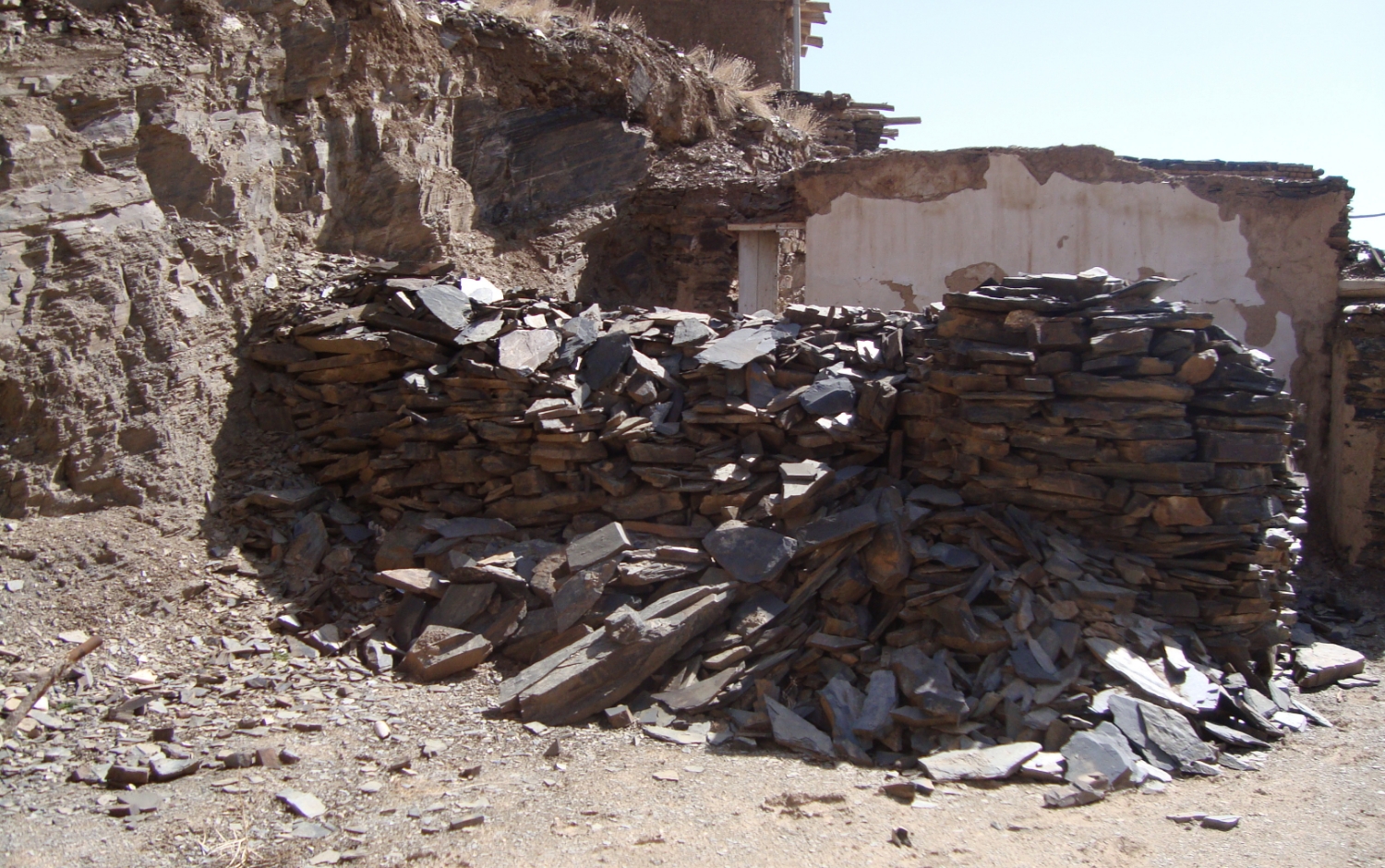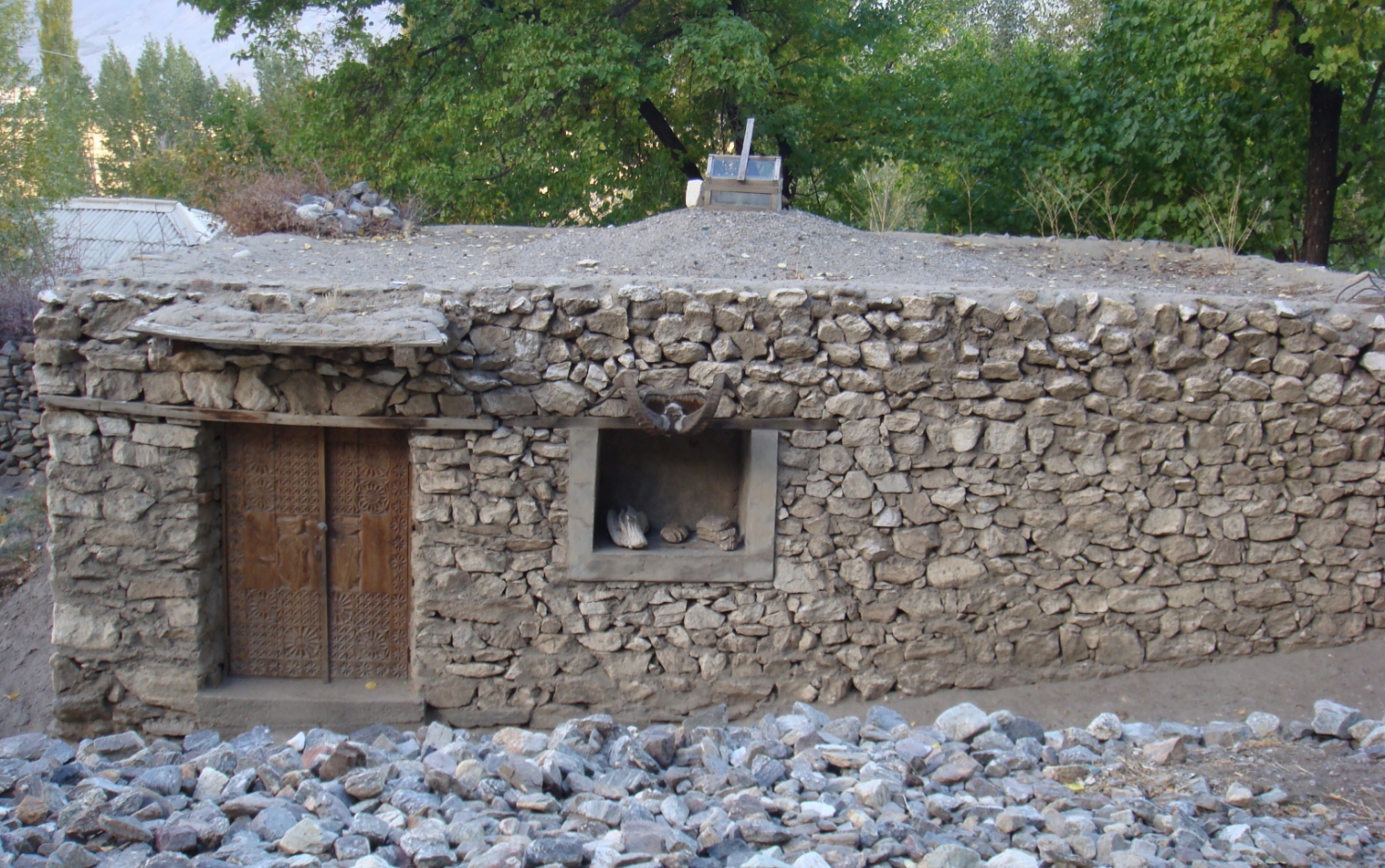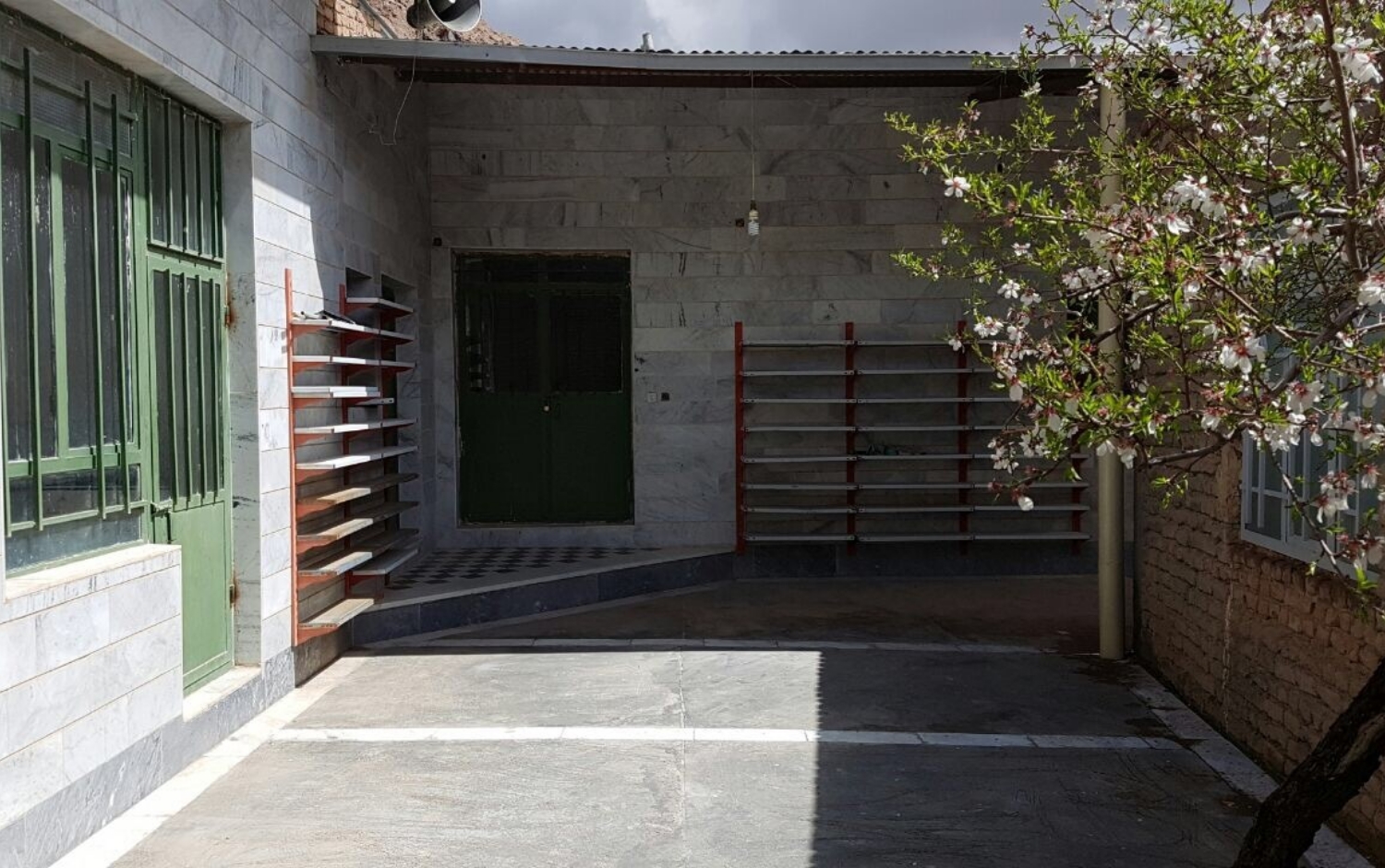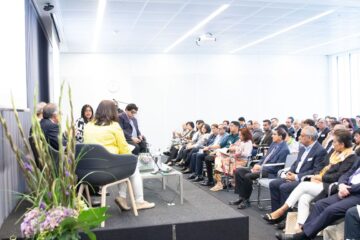Our history
In his April 2003 address inaugurating the gardens of Humayun’s Tomb restored by the Aga Khan Trust for Culture (AKTC) in Delhi, India, the 49th Ismaili Imam Shah Karim al-Husayni, His Highness Aga Khan IV observed that its chahar-bagh (lit. four gardens) construction, the first in the sub-continent to surround a Mughal tomb, was
an attempt to create a transcendent perfection — a glimpse of paradise on earth.
Speaking about the restored gardens becoming ‘the fulcrum and catalyst for socio-economic development as well as an irreplaceable resource for education,’ Aga KhanA title granted by the Shah of Persia to the then Ismaili Imam in 1818 and inherited by each of his successors to the Imamate. IV went on to assert that ‘Whether through neglect or wilful destruction, the disappearance of physical traces of the past deprives us of more than memories. Spaces that embody historic realities remind us of the lessons of the past.’
‘How,’ he asked, returning to Humayun’s Tomb 18 months later in November 2004 for the Ninth Cycle of the Aga Khan Awards for Architecture (AKAA), ‘do we protect the past and inspire the future?’
This and related questions on the vital role of heritage in human flourishing led to a proposal in 2007 to document Ismaili heritage sites globally as a Golden Jubilee initiative.
The scope, criteria, and understanding of what constitutes Ismaili heritage and how to document it came together over time through many discussions and debates held between 2008-2014, during which period a preliminary inventory of sites was first developed.
These are in addition to the sites that constitute all the various buildings and institutions of The Aga Khan Development Network (AKDNThe Aga Khan Development Network (AKDN) is a contemporary endeavour of the Ismaili Imamat to realise the ethics and social conscience of Islam through institutional action. More), such as hospitals, schools, newsrooms, factories, and infrastructure projects, and the enormity of the vital work they do across so many fields of human endeavour.
All these sites illustrate how the IsmailisAdherents of a branch of Shi’i Islam that considers Ismail, the eldest son of the Shi’i Imam Jaʿfar al-Ṣādiq (d. 765), as his successor., as Shiʿas, as Muslims, have made and continue to make a difference to where, when, and how the community live, work, and create.










